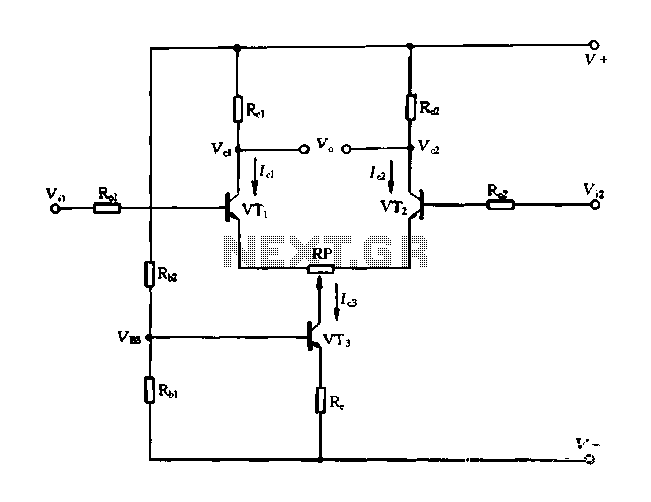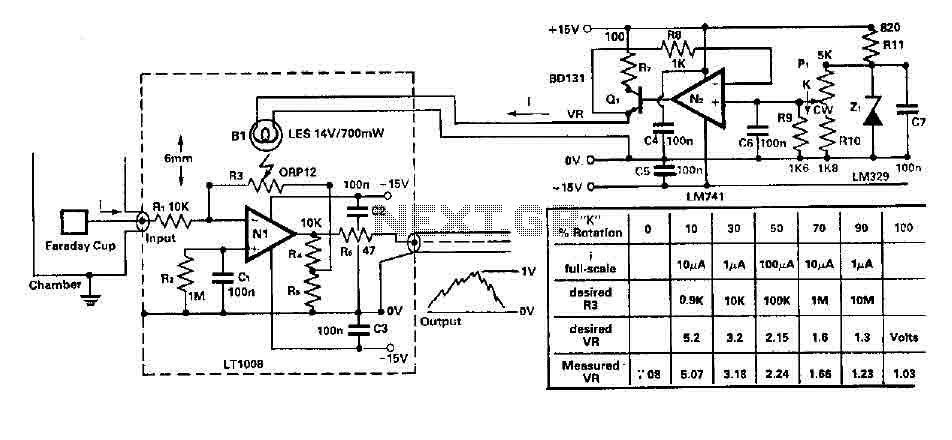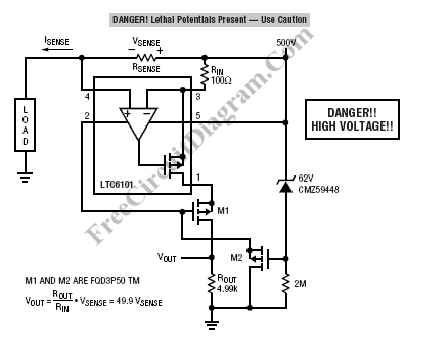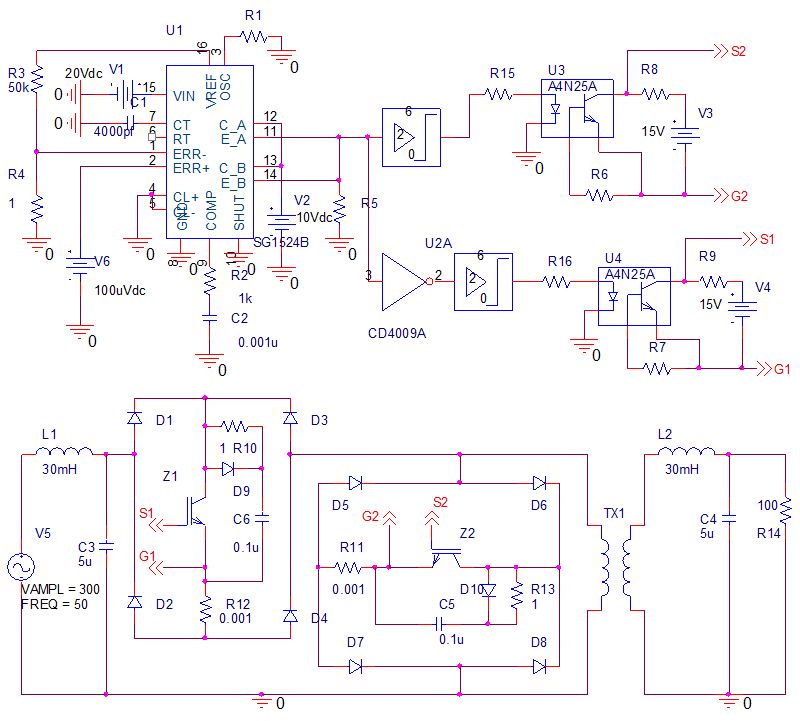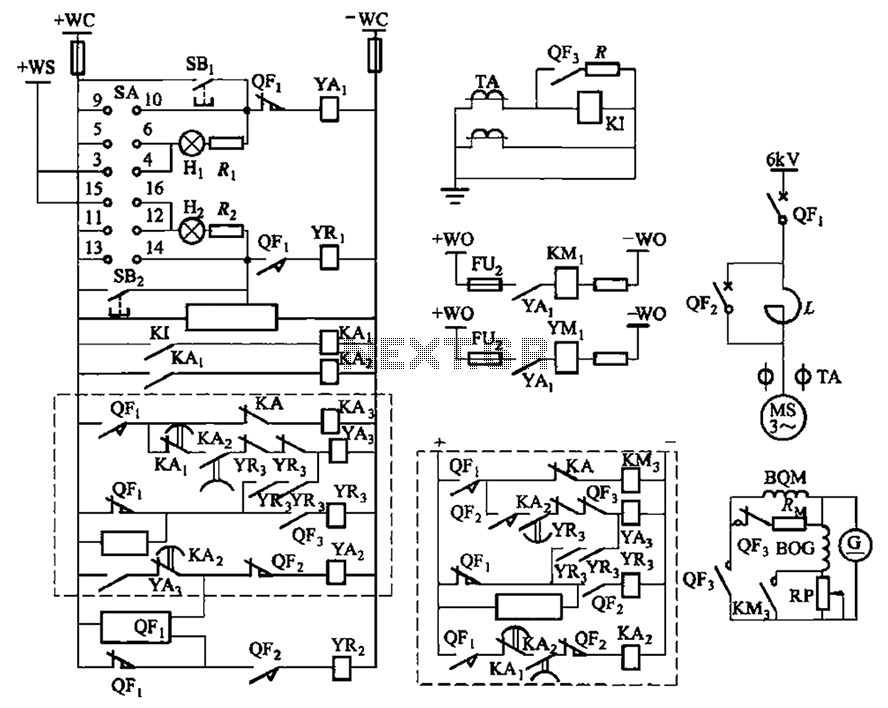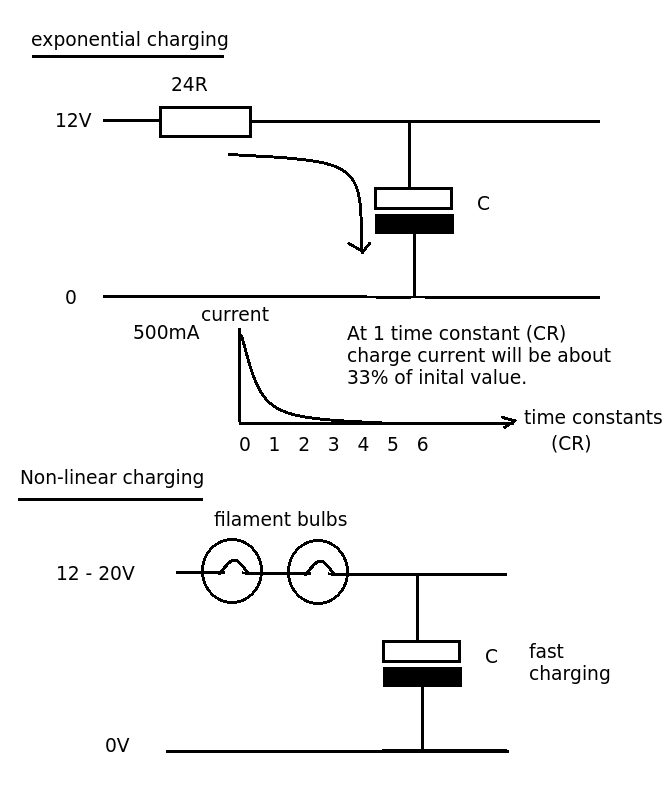
Current Limiting for the MAX1864 Auxiliary Regulator
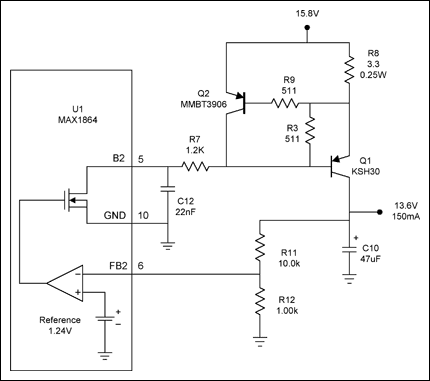
A detailed discussion on implementing current limiting or foldback current limiting for the linear regulator controllers of the MAX1864. This can also be applied to other discrete regulator designs, including the MAX1865, MAX1964, MAX1965, MAX8513, and MAX8514.
To incorporate current limiting or foldback current limiting in linear regulator circuits, it is essential to understand the operational characteristics of the MAX1864 and related devices. Current limiting is a protective feature that prevents excessive current from damaging the regulator or the load connected to it. Foldback current limiting further enhances protection by reducing the output current during overload conditions, which helps to prevent overheating and potential failure.
The MAX1864 and similar devices can be configured with external components to achieve the desired current limiting functionality. Typically, this involves integrating a sense resistor in series with the load to monitor the output current. By connecting this resistor to a comparator or an operational amplifier, the output voltage can be adjusted to limit the current when it exceeds a predetermined threshold.
For foldback current limiting, the circuit design may include additional feedback mechanisms that adjust the output voltage as the load current increases beyond the set limit. This can be accomplished by utilizing a feedback loop that reduces the output voltage proportionally to the increase in load current, effectively "folding back" the current to a safer level.
When designing such a circuit, it is crucial to select appropriate resistor values and comparator thresholds to ensure reliable operation under various load conditions. Additionally, thermal management must be considered, as even with current limiting, the regulators may still dissipate significant power during overload conditions.
In summary, implementing current limiting and foldback current limiting in linear regulator designs, particularly with the MAX1864 and its counterparts, is a vital process for enhancing circuit reliability and component protection. Proper design and component selection are key to achieving effective current control in these applications.Detailed discussion of how to add current limit or foldback current limit to the linear regulator controllers of the MAX1864. Can be used with other discrete regulator designs such as in MAX1865, MAX1964, MAX1965, MAX8513, and MAX8514.
Shows tested c.. 🔗 External reference
To incorporate current limiting or foldback current limiting in linear regulator circuits, it is essential to understand the operational characteristics of the MAX1864 and related devices. Current limiting is a protective feature that prevents excessive current from damaging the regulator or the load connected to it. Foldback current limiting further enhances protection by reducing the output current during overload conditions, which helps to prevent overheating and potential failure.
The MAX1864 and similar devices can be configured with external components to achieve the desired current limiting functionality. Typically, this involves integrating a sense resistor in series with the load to monitor the output current. By connecting this resistor to a comparator or an operational amplifier, the output voltage can be adjusted to limit the current when it exceeds a predetermined threshold.
For foldback current limiting, the circuit design may include additional feedback mechanisms that adjust the output voltage as the load current increases beyond the set limit. This can be accomplished by utilizing a feedback loop that reduces the output voltage proportionally to the increase in load current, effectively "folding back" the current to a safer level.
When designing such a circuit, it is crucial to select appropriate resistor values and comparator thresholds to ensure reliable operation under various load conditions. Additionally, thermal management must be considered, as even with current limiting, the regulators may still dissipate significant power during overload conditions.
In summary, implementing current limiting and foldback current limiting in linear regulator designs, particularly with the MAX1864 and its counterparts, is a vital process for enhancing circuit reliability and component protection. Proper design and component selection are key to achieving effective current control in these applications.Detailed discussion of how to add current limit or foldback current limit to the linear regulator controllers of the MAX1864. Can be used with other discrete regulator designs such as in MAX1865, MAX1964, MAX1965, MAX8513, and MAX8514.
Shows tested c.. 🔗 External reference
